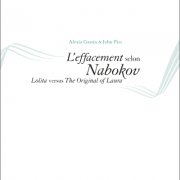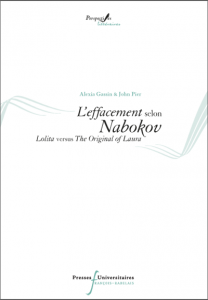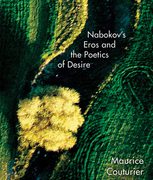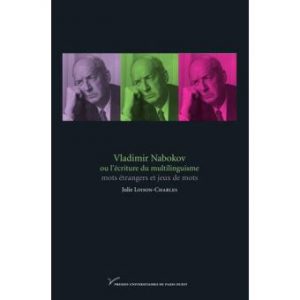
http://www.lcdpu.fr/livre/?GCOI=27000100784340
“La mondialisation, les mouvements de population et l’accélération des échanges internationaux signifient que nous sommes tous potentiellement étrangers, avec toutes les connotations que ce terme peut porter en lui. Cela implique aussi que le bilinguisme et le recours aux mots étrangers touchent un nombre incommensurable de personnes, qu’il s’agisse des couples de nationalités différentes dont les enfants bilingues vivent entre deux langues, des immigrés vivant en situation de diglossie entre leur foyer et leur pays d’adoption, ou encore des personnes qui, dans le cadre de leur travail, côtoient des collègues de tous horizons et parlent un anglais « globish » entre deux meetings. En littérature contemporaine, de nombreux auteurs ayant immigré ou choisi l’anglais pour s’ouvrir un plus grand public incorporent leur double culture et leur double langage dans leur écriture. Un des premiers écrivains du vingtième siècle à avoir accepté et revendiqué haut et fort son héritage polyglotte est Vladimir Nabokov.
Sa prose en anglais porte les traces d’un métissage linguistique qui lance au lecteur une invitation au voyage. Elle se caractérise également par une grande créativité qui incite le lecteur à jouer avec le texte et ses nombreux calembours. C’est cette invitation au voyage et au jeu que cet ouvrage se propose de suivre et d’éclairer.”

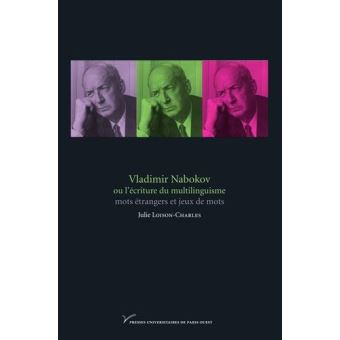
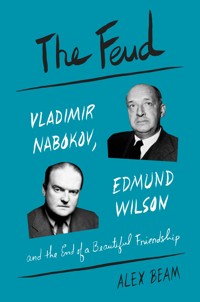
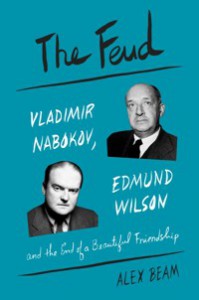
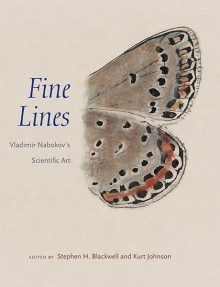
 “The book contains 148 of Nabokov’s scientific drawings with detailed explanatory captions by (mostly) Kurt, and six reproductions of VN’s inscription drawings to Véra, along with essays by several scientists and Nabokov specialists who have written about or built upon Nabokov’s lepidoptery. The drawings are nearly all reproduced at their full size (4×6 inches), and all are at very high resolution. 62 of the plates are in color. Table of Contents attached. Teaser: Robert Dirig determines the real imaginary location of New Wye in Pale Fire.”
“The book contains 148 of Nabokov’s scientific drawings with detailed explanatory captions by (mostly) Kurt, and six reproductions of VN’s inscription drawings to Véra, along with essays by several scientists and Nabokov specialists who have written about or built upon Nabokov’s lepidoptery. The drawings are nearly all reproduced at their full size (4×6 inches), and all are at very high resolution. 62 of the plates are in color. Table of Contents attached. Teaser: Robert Dirig determines the real imaginary location of New Wye in Pale Fire.”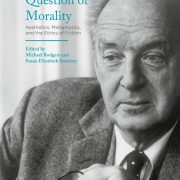
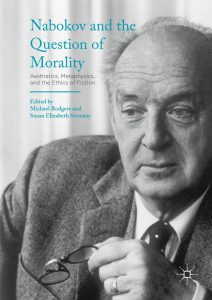
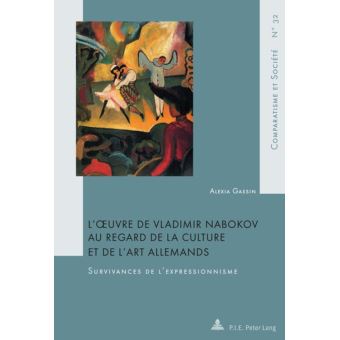
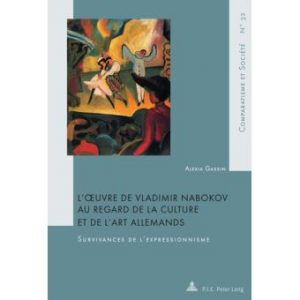 “Jusqu’à présent, les études nabokoviennes ont tendance à ignorer l’influence de la culture allemande sur l’œuvre de Vladimir Nabokov. Ce faisant, elles se conforment aux propos de l’écrivain qui a fréquemment déclaré que, malgré ses quinze années passées en Allemagne (1922–1937), il a toujours évité tout contact avec la langue et l’univers allemands. Pourtant, bien que l’émigration russe à Berlin vive en vase clos, les frontières entre les mondes russe et allemand ne sont pas si étanches, ce qui apparaît nettement dans les fréquentes allusions littéraires de l’écrivain à des œuvres de littérature, de cinéma et de peinture allemandes.Le présent ouvrage a donc pour objectif de lire l’œuvre de Nabokov dans le contexte de l’art allemand de la fin du XIXe et du début du XXe siècle, notamment de l’esthétique expressionniste et de trois de ses grands thèmes majeurs, à savoir l’altération du psychisme humain, l’ambivalence de la figure féminine et la représentation de la grande ville. Il vise ainsi à proposer une nouvelle interprétation des œuvres russes de Nabokov, à reconstruire le contexte culturel berlinois (cinéma et peinture) dans lequel ces dernières furent créées et à montrer que l’écrivain n’était pas si hermétique à la culture allemande qu’il voulait bien le laisser entendre.”
“Jusqu’à présent, les études nabokoviennes ont tendance à ignorer l’influence de la culture allemande sur l’œuvre de Vladimir Nabokov. Ce faisant, elles se conforment aux propos de l’écrivain qui a fréquemment déclaré que, malgré ses quinze années passées en Allemagne (1922–1937), il a toujours évité tout contact avec la langue et l’univers allemands. Pourtant, bien que l’émigration russe à Berlin vive en vase clos, les frontières entre les mondes russe et allemand ne sont pas si étanches, ce qui apparaît nettement dans les fréquentes allusions littéraires de l’écrivain à des œuvres de littérature, de cinéma et de peinture allemandes.Le présent ouvrage a donc pour objectif de lire l’œuvre de Nabokov dans le contexte de l’art allemand de la fin du XIXe et du début du XXe siècle, notamment de l’esthétique expressionniste et de trois de ses grands thèmes majeurs, à savoir l’altération du psychisme humain, l’ambivalence de la figure féminine et la représentation de la grande ville. Il vise ainsi à proposer une nouvelle interprétation des œuvres russes de Nabokov, à reconstruire le contexte culturel berlinois (cinéma et peinture) dans lequel ces dernières furent créées et à montrer que l’écrivain n’était pas si hermétique à la culture allemande qu’il voulait bien le laisser entendre.”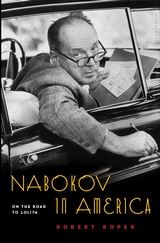

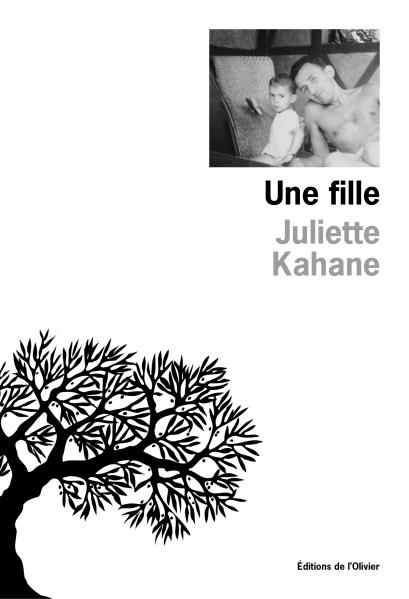
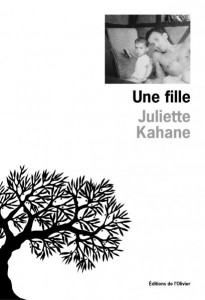
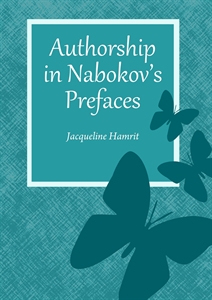
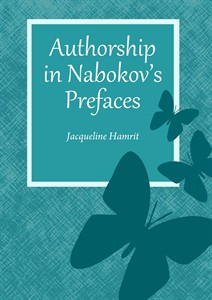 erary criticism has mainly oscillated between “the death of the author” (Barthes) and “the return of the author” (Couturier), this work suggests another perspective on authorship through an analysis of Nabokov’s prefaces. It is here argued that the author, being neither dead nor tyrannical, alternates between authoritative apparitions and receding disappearances in the double gesture of mastery without mastery which Derrida calls ‘exappropriation’, that is, a simultaneous attempt to appropriate one’s work, control it, have it under one’s power and expropriate it, losing control by loosening one’s grip. The intention of this is to approach, through one’s experience of reading and interpreting, the experience of self-effacement and impersonality pertaining to writing (cf. Blanchot). Prefaces are considered to be suitable places for the deconstruction of the classical image of Nabokov’s arrogance through the unearthing of his reserve and vulnerability. This work provides an account of the mere intuition (which, therefore, does not pretend to be a conclusive and definitive interpretation) of another image of Nabokov whose undeniable talent for deception seems in accordance with a need for discretion and secrecy.”
erary criticism has mainly oscillated between “the death of the author” (Barthes) and “the return of the author” (Couturier), this work suggests another perspective on authorship through an analysis of Nabokov’s prefaces. It is here argued that the author, being neither dead nor tyrannical, alternates between authoritative apparitions and receding disappearances in the double gesture of mastery without mastery which Derrida calls ‘exappropriation’, that is, a simultaneous attempt to appropriate one’s work, control it, have it under one’s power and expropriate it, losing control by loosening one’s grip. The intention of this is to approach, through one’s experience of reading and interpreting, the experience of self-effacement and impersonality pertaining to writing (cf. Blanchot). Prefaces are considered to be suitable places for the deconstruction of the classical image of Nabokov’s arrogance through the unearthing of his reserve and vulnerability. This work provides an account of the mere intuition (which, therefore, does not pretend to be a conclusive and definitive interpretation) of another image of Nabokov whose undeniable talent for deception seems in accordance with a need for discretion and secrecy.”